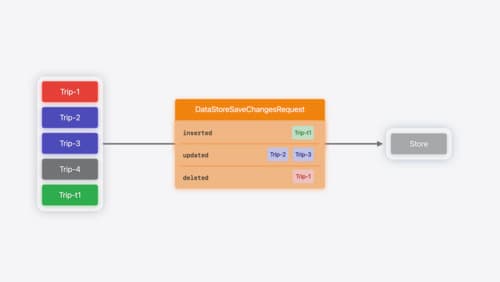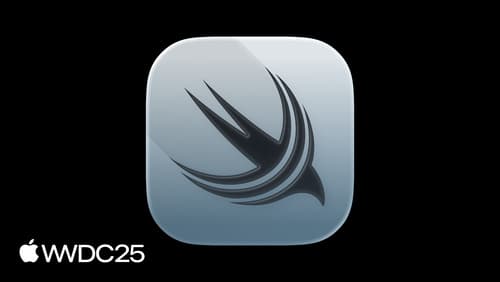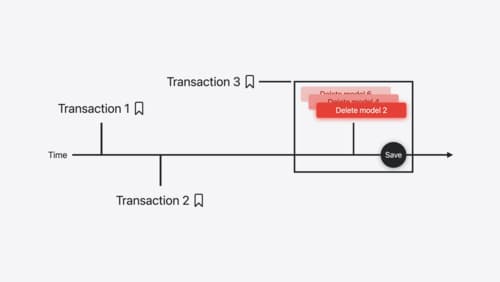what is model context protocol
Asked on 2025-06-12
1 search
The "model context protocol" is not explicitly mentioned in the provided context. However, the concept of a "model context" is discussed in relation to SwiftData, particularly in the session titled "Create a custom data store with SwiftData" from WWDC 2024.
In this session, the model context is described as a component that reads and writes data using a store in a model container. It communicates with stores using requests and responses defined by the datastore protocol. This protocol includes operations like save, fetch, and caching, which are essential for the model context to interact with the data store effectively. The model context is responsible for creating persistent models from snapshots provided by the store and managing changes to these models.
For more detailed information, you can refer to the session Create a custom data store with SwiftData (04:50) where the Datastore protocol and its interaction with the model context are discussed.

Create a custom data store with SwiftData
Combine the power of SwiftData’s expressive, declarative modeling API with your own persistence backend. Learn how to build a custom data store and explore how to progressively add persistence features in your app. To get the most out of this session, watch “Meet SwiftData” and “Model your schema with SwiftData” from WWDC23.

SwiftData: Dive into inheritance and schema migration
Discover how to use class inheritance to model your data. Learn how to optimize queries and seamlessly migrate your app’s data to use inheritance. Explore subclassing for building model graphs, crafting efficient fetches and queries, and implementing robust schema migrations. Understand how to use Observable and persistent history for efficient change tracking.

Track model changes with SwiftData history
Reveal the history of your model’s changes with SwiftData! Use the history API to understand when data store changes occurred, and learn how to use this information to build features like remote server sync and out-of-process change handing in your app. We’ll also cover how you can build support for the history API into a custom data store.
